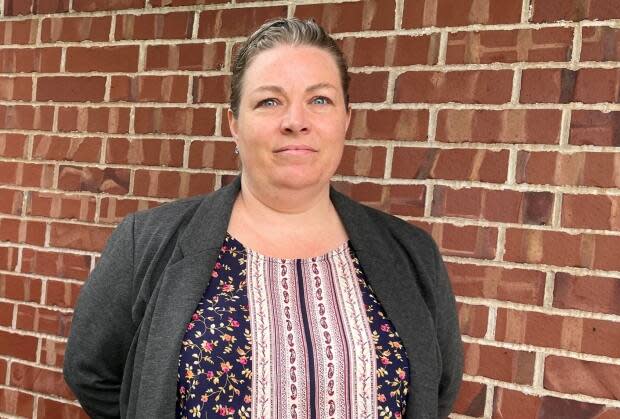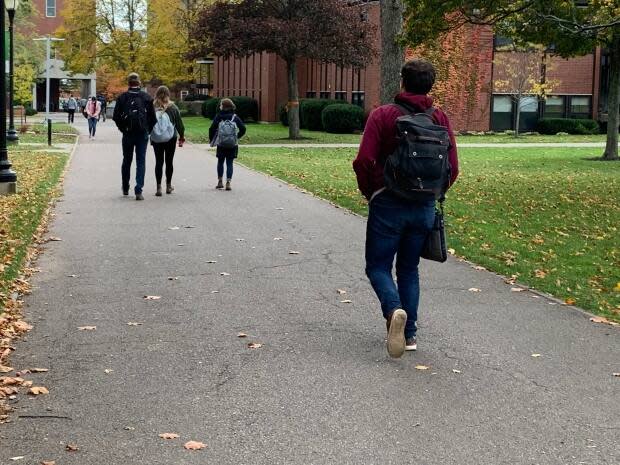P.E.I. immigrant retention improves, but still Canada's worst by far

P.E.I.'s ability to retain immigrants has almost doubled in recent years, according to a recent report from Statistics Canada, but almost three quarters of those arriving are still gone after five years.
The report focuses on the five-year retention rate. It examines what province or territory the immigrants land in, and whether they are still filing taxes in that province five years later.
It found that in 2015 just 15.6 per cent of the immigrants who arrived on P.E.I. in 2010 were still in the province. By 2020, that five-year retention rate had increased to 28 per cent.
While that is a significant improvement, it is a far cry from the experience of other provinces.
Five-year immigrant retention rate
Retention in Newfoundland and Labrador, the province with the next lowest rate, is 47.8 per cent. The rate is in the 40s and 50s across Atlantic Canada. In other parts of Canada it ranges from 62.9 per cent in Saskatchewan to 92 per cent in Ontario.
In an email to CBC News, the province's office of immigration said the increase in immigrant retention is encouraging, and there are signs that improvement is continuing.
Programs such as the provincial nomination program, which allows the province to nominate candidates for immigration, have seen a lot of change in recent years. In particular, the Atlantic Immigration Pilot has become the Atlantic Immigration Program and the province said this new program will be better for retaining immigrants.
Government survey shows further improvement
The AIP focuses more on filling labour shortages. Previous PNPs have focused on attracting entrepreneurs.
"P.E.I.'s one- and two-year retention rates have also been improving and may be more reflective of our current immigration programming," the email said.
"In a 2020 survey conducted by [Immigration, Refugees and Citizenship Canada] as part of an evaluation report on the Atlantic Immigration Pilot, our 1 and 2 year PNP retention rates were over 80%."
By contrast, the Statistics Canada study shows a two-year retention rate for 2015 immigrants of 43.7 per cent.
But P.E.I. immigration consultant Erica Stanley said many issues remain that are likely to keep the Island's retention rate down.
"The main reason is the same reason it would be low with young people from P.E.I. originally," said Stanley.

"The same factors affect immigrants as well. The lack of upward mobility and jobs, lack of job security, low wages for the work, inflation of course, especially more recently, lack of affordable housing: all of these affect immigrants in the same way as anyone."
There are also issues with the way immigration programs are structured.
P.E.I.'s PNP sets a lower bar for applicants, said Stanley, allowing them to work in lower-skilled jobs for the two years it takes to qualify for permanent residency. Once they become permanent residents, they are free to move anywhere they wish. Since they only came to P.E.I. to complete the required work term, they move on once they are finished.

As an example, Stanley said a foreign student completing an undergraduate degree might apply in the province where they graduated and be rejected. Looking around, they find they can be nominated in P.E.I. So they move to P.E.I. for two years, get their permanent residency and then return to the province where they went to school.
Prospective immigrants looking to come directly to Canada do similar shopping around, she said.
"A lot of immigration agents advise people that P.E.I. is a good starter province," said Stanley, "which I don't think is the right messaging, but for someone who has limited options, or is running out of time on their work permit, P.E.I. is more accessible than many other provinces."
Moving for education
Educational opportunities are another consideration, she said.
Students considering graduate studies will find it is much less expensive to do as a permanent resident than as a foreign student. Like their counterparts looking to start a career, a foreign student finishing a bachelor's degree anywhere in the country could look to apply for landed immigrant status and discover P.E.I. is the easiest place to qualify.
They move to P.E.I., work for two years, become permanent residents and move to go to graduate school.
Graduate studies on P.E.I. are not an option for many, because there are few graduate programs offered.
The provincial office of immigration notes while retention rates are low, immigration has still been a factor in making P.E.I. the fastest-growing province in Canada for some years now. Every year thousands of immigrants land on P.E.I.
A revolving door, however, has both economic and social consequences, said Stanley.
"As an Islander it's a bit demoralizing for me to think that people are using our province as a stepping stone to what they feel is something better," she said.
While P.E.I. is improving retention, Stanley said there are structural issues in terms of educational and economic opportunities that will keep it less attractive than other provinces.


